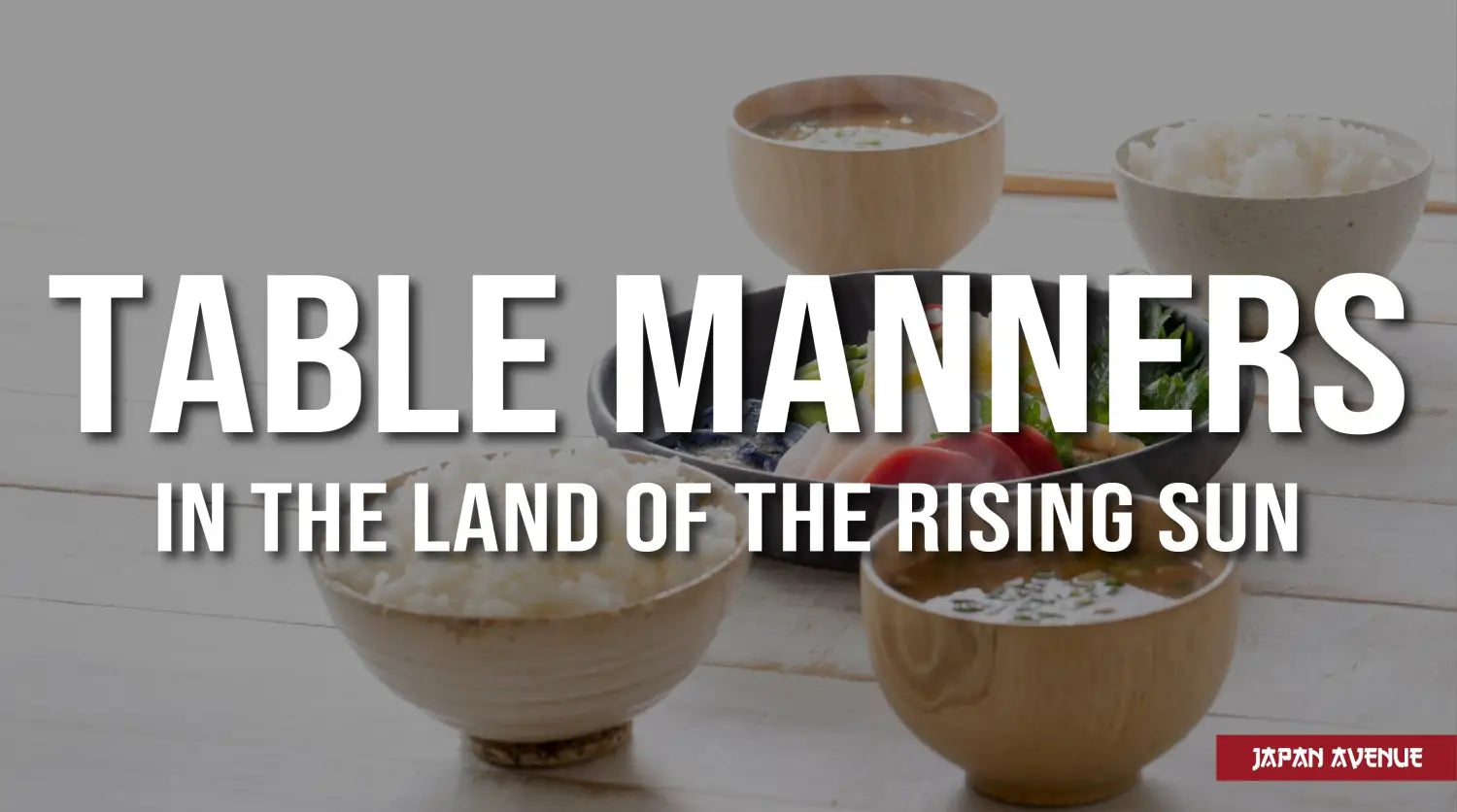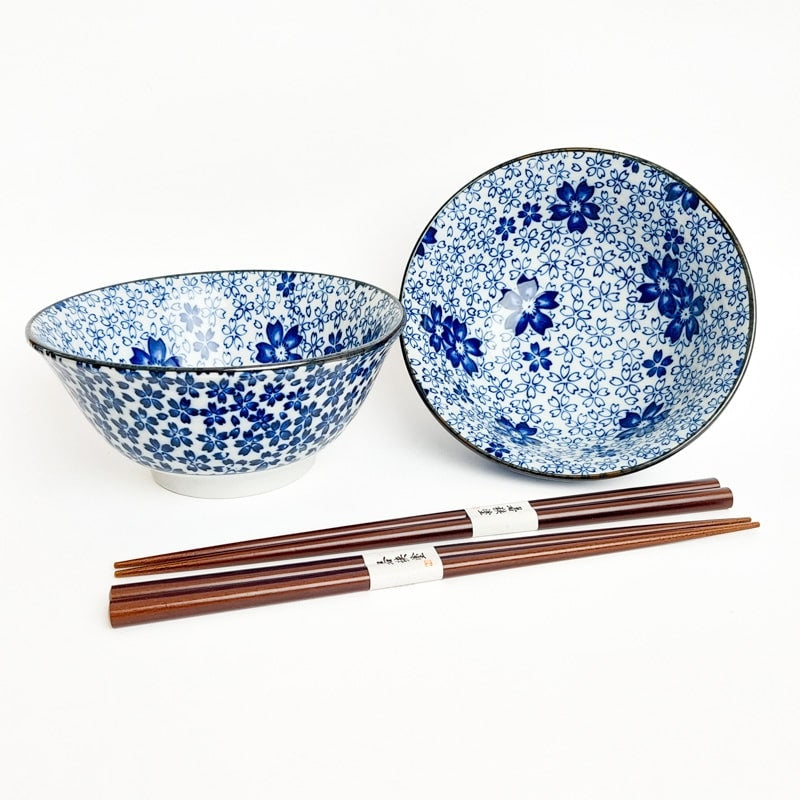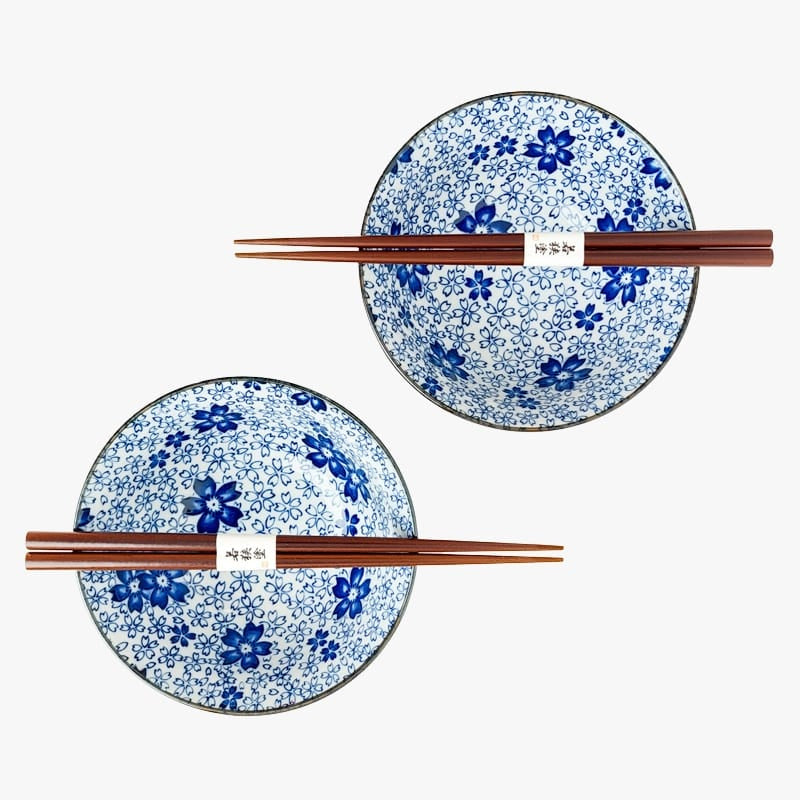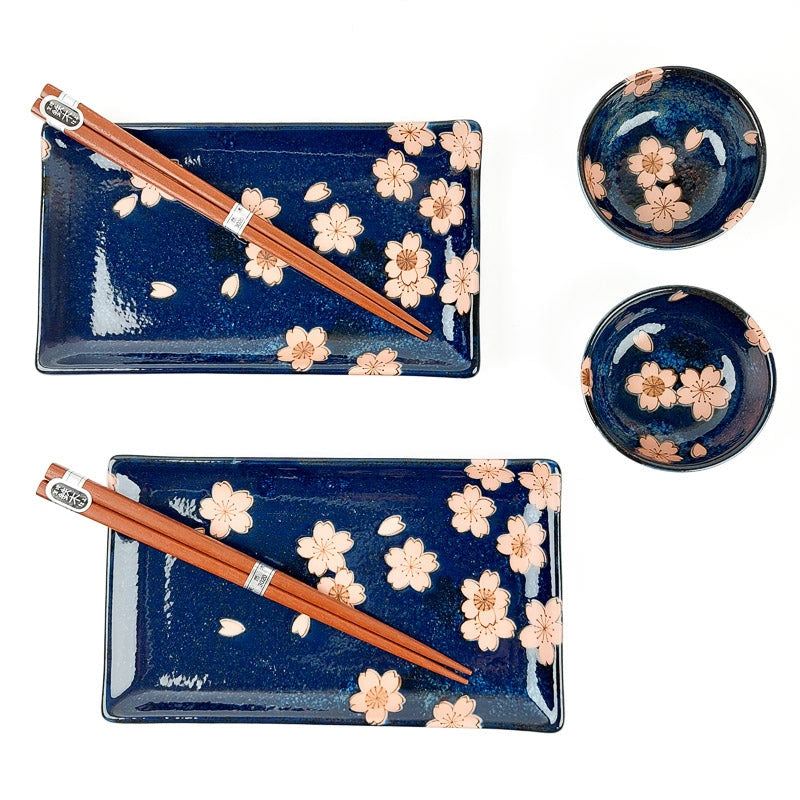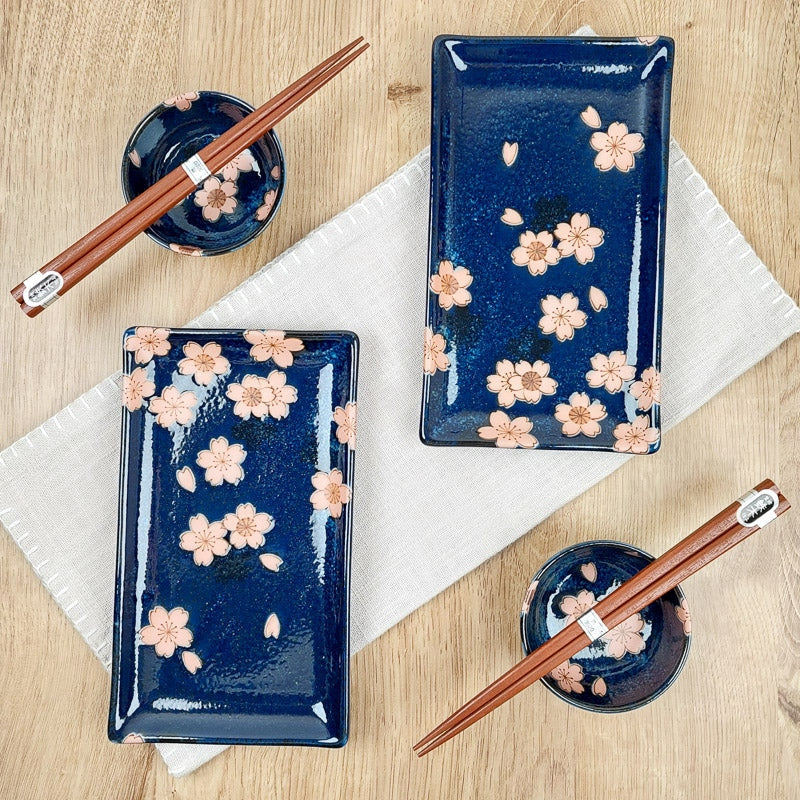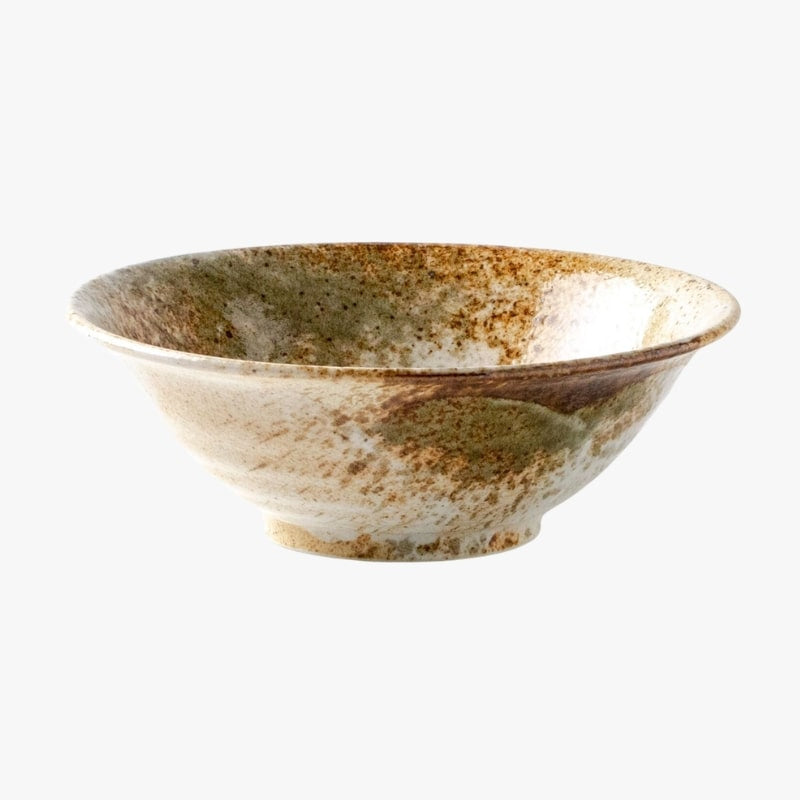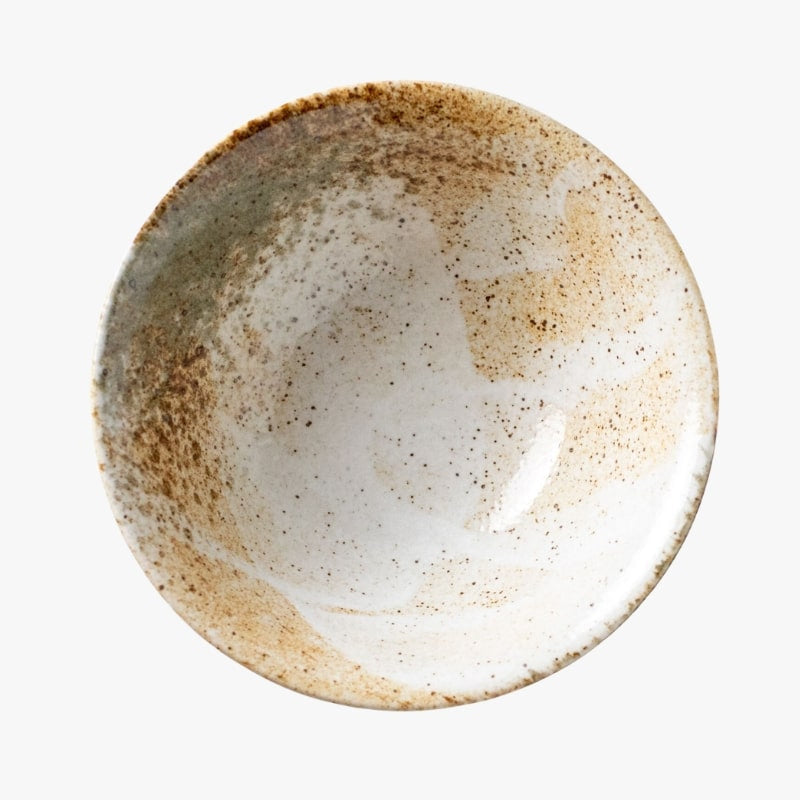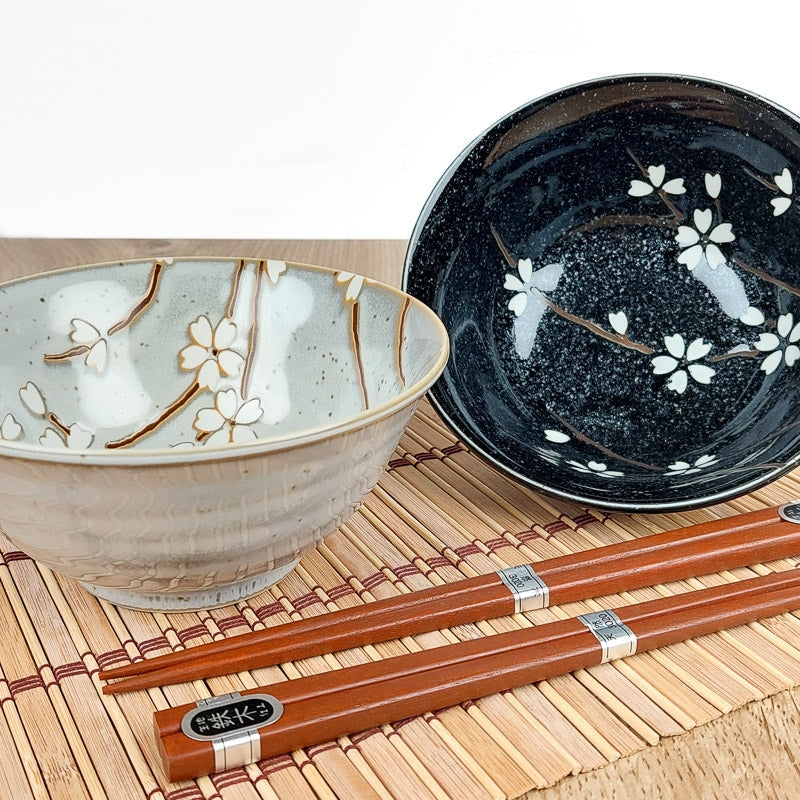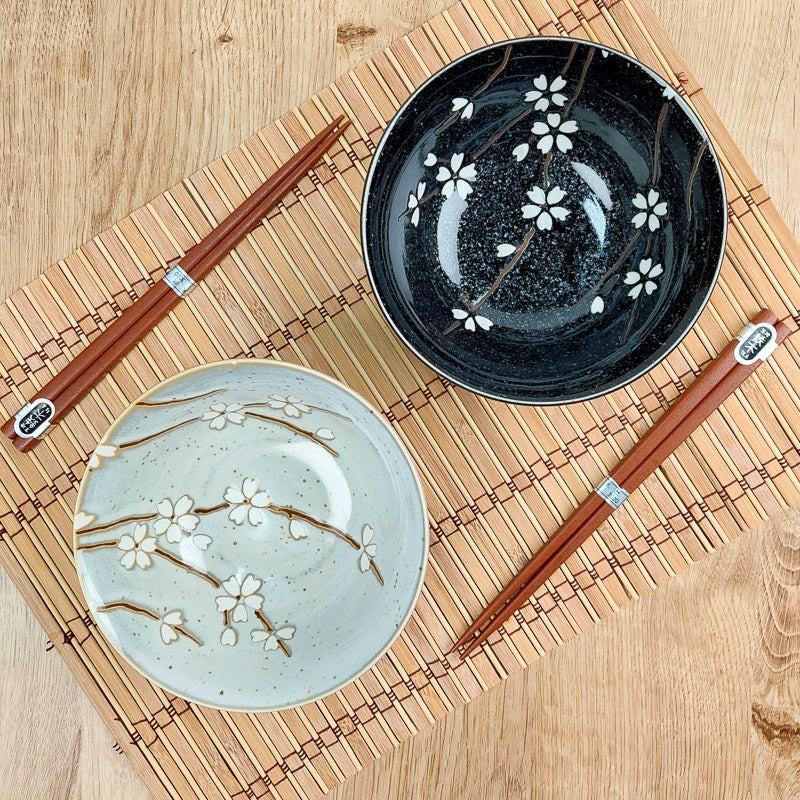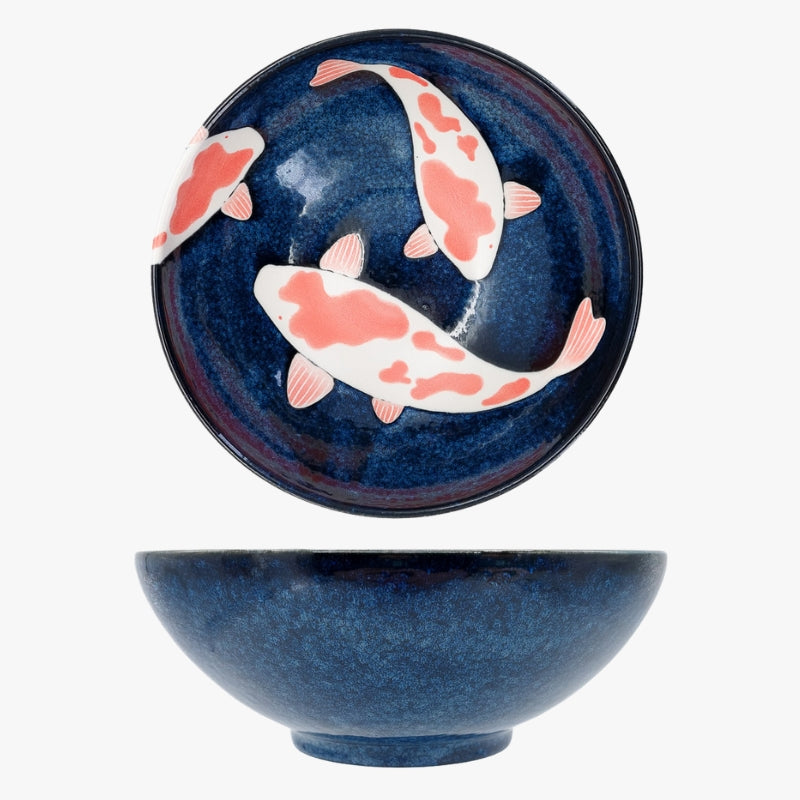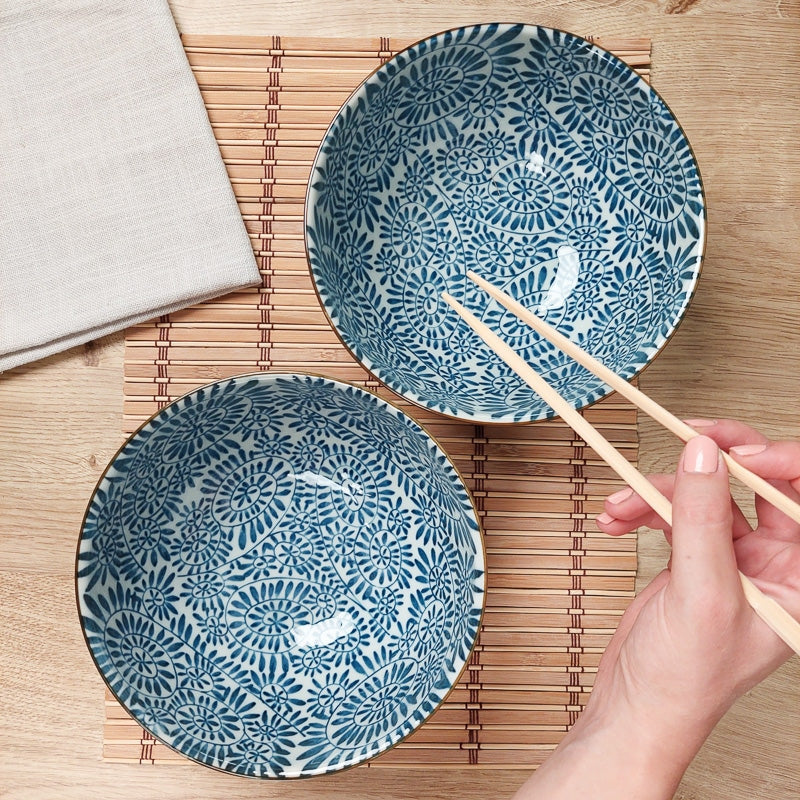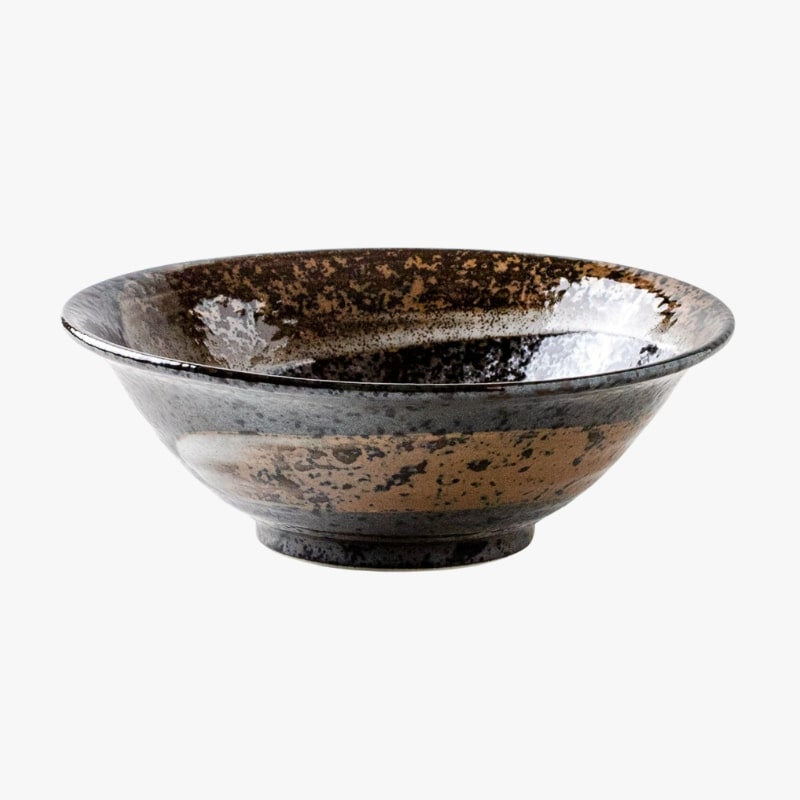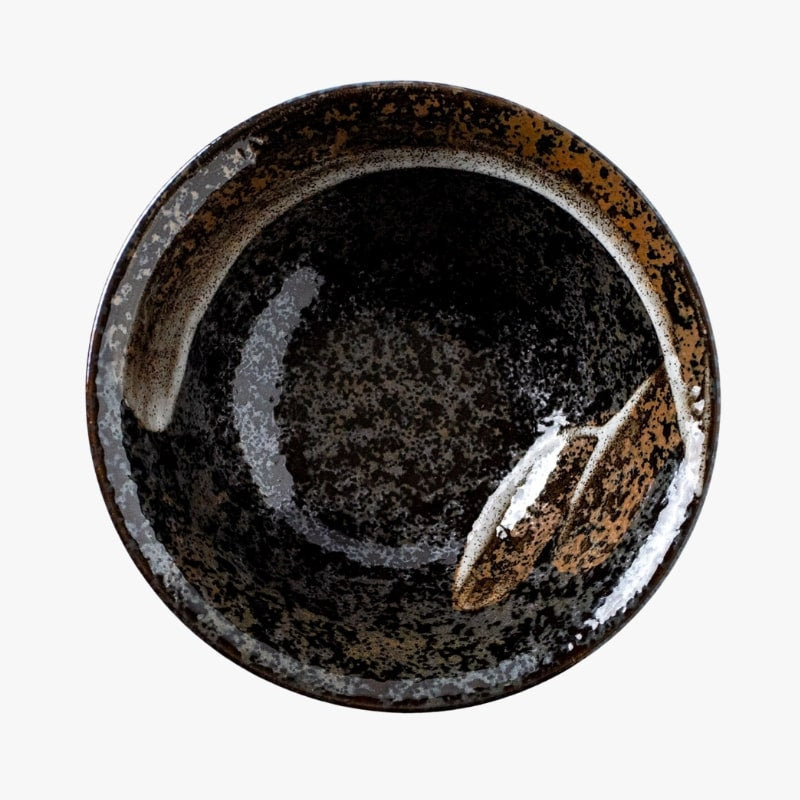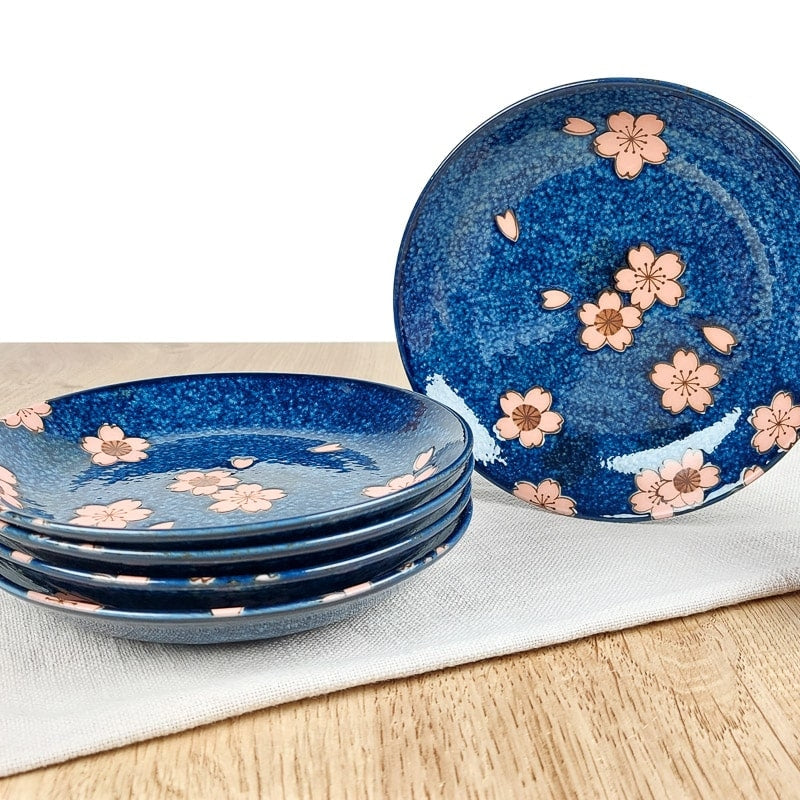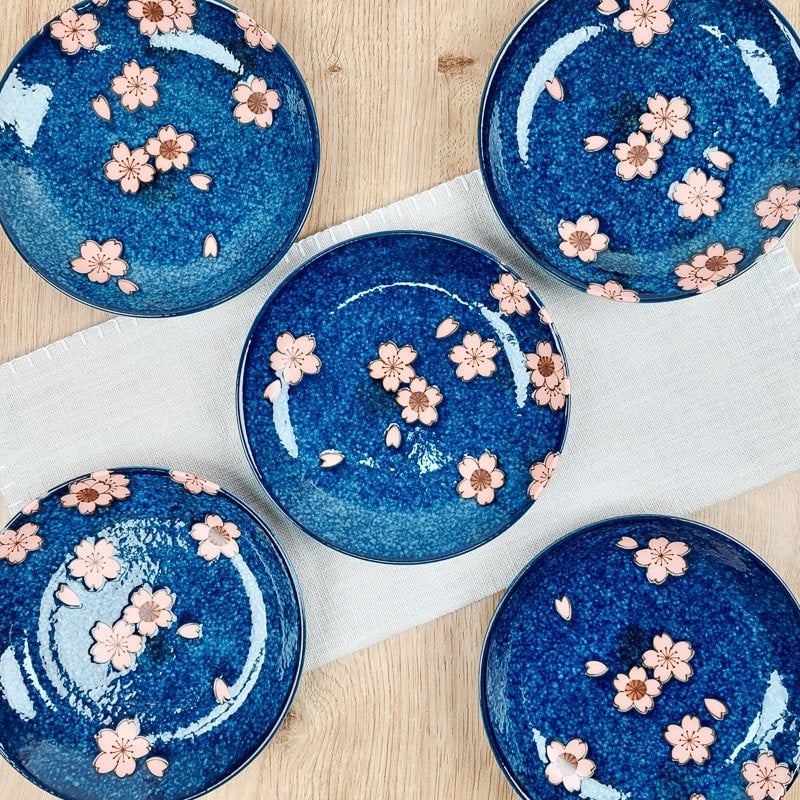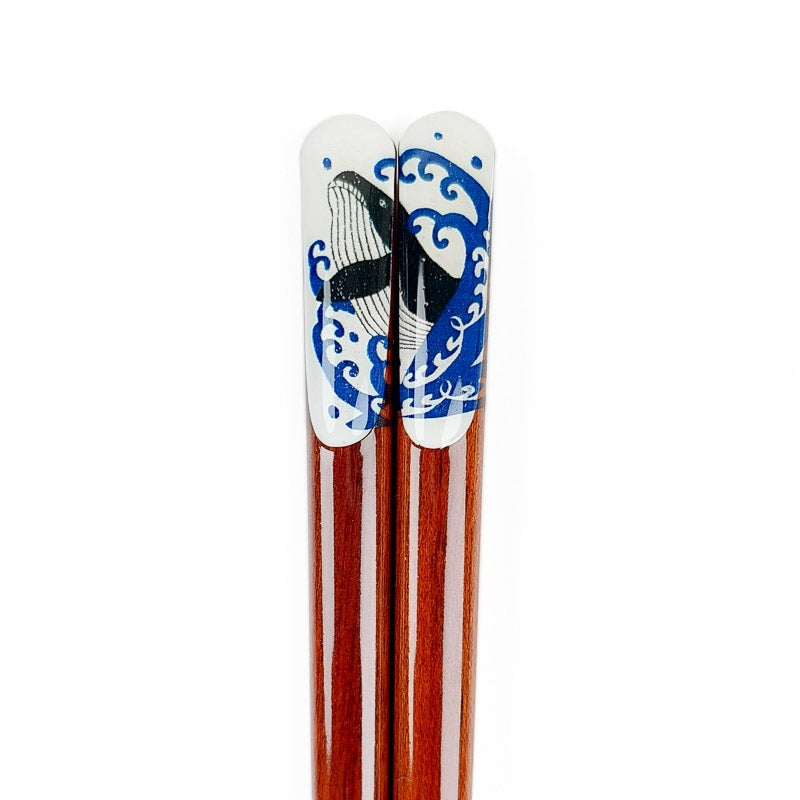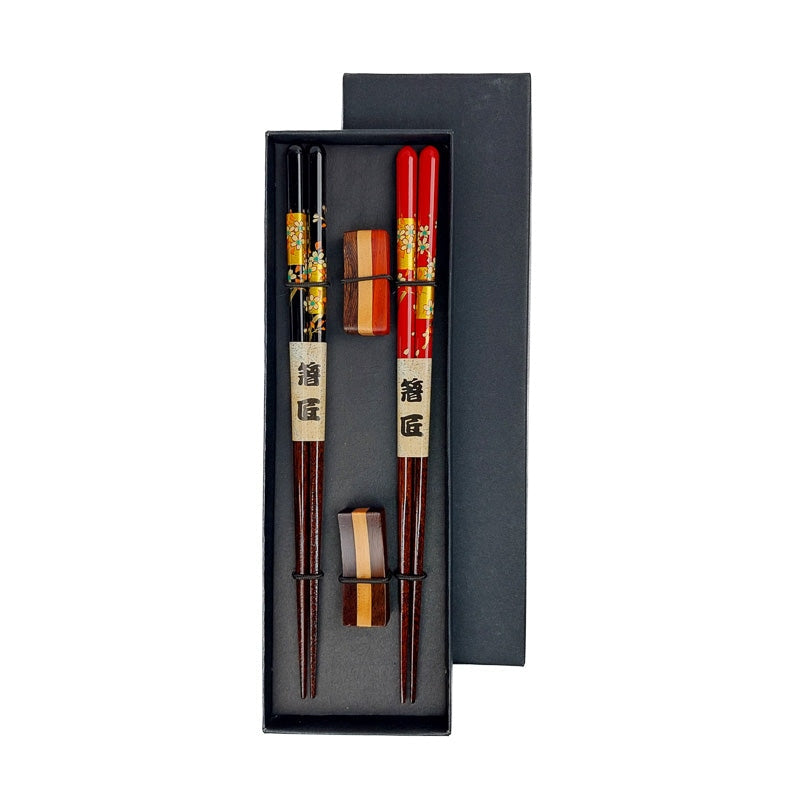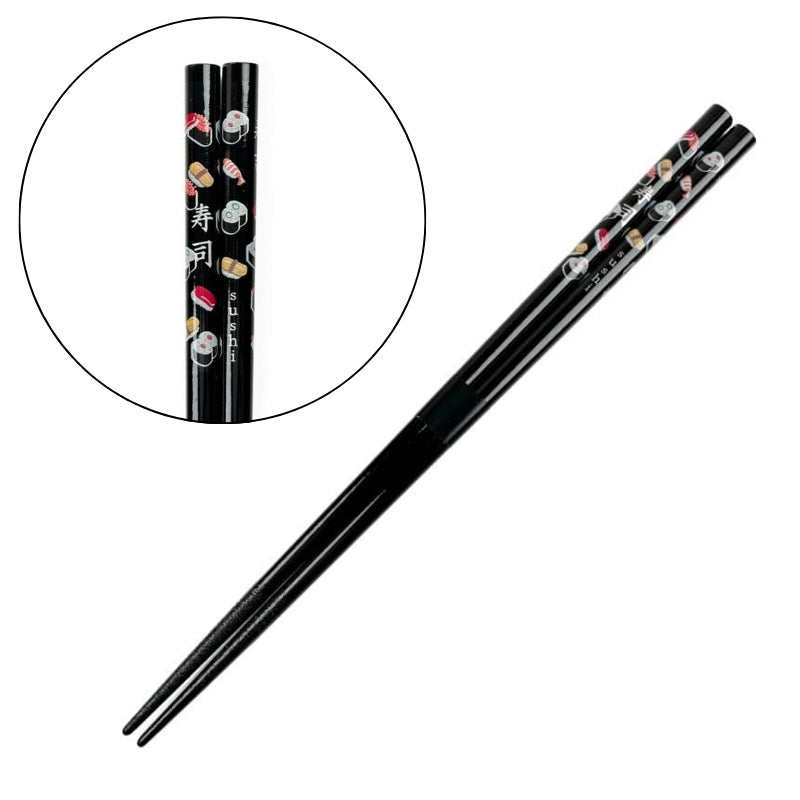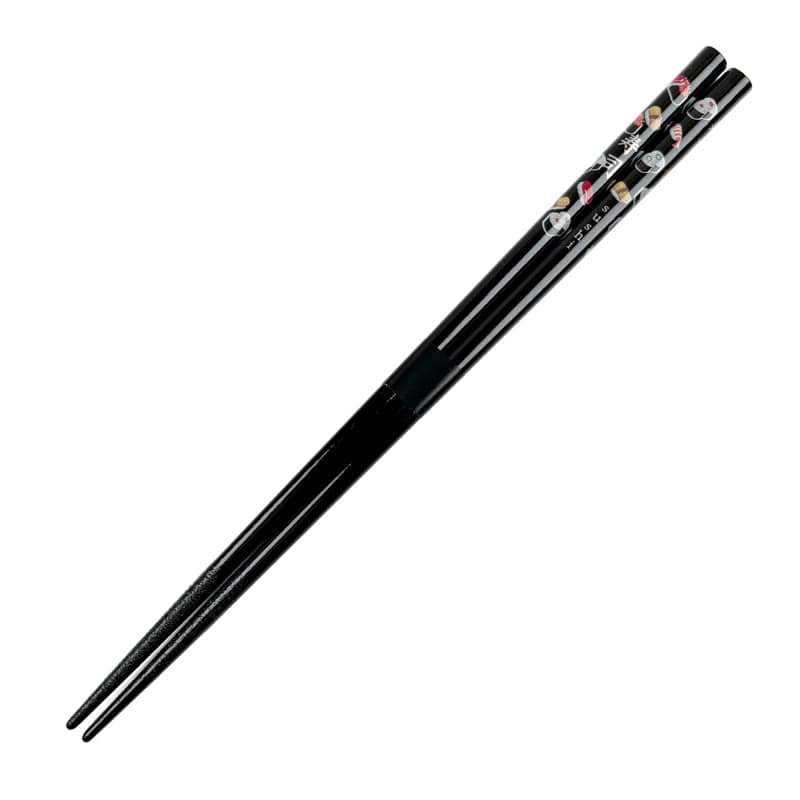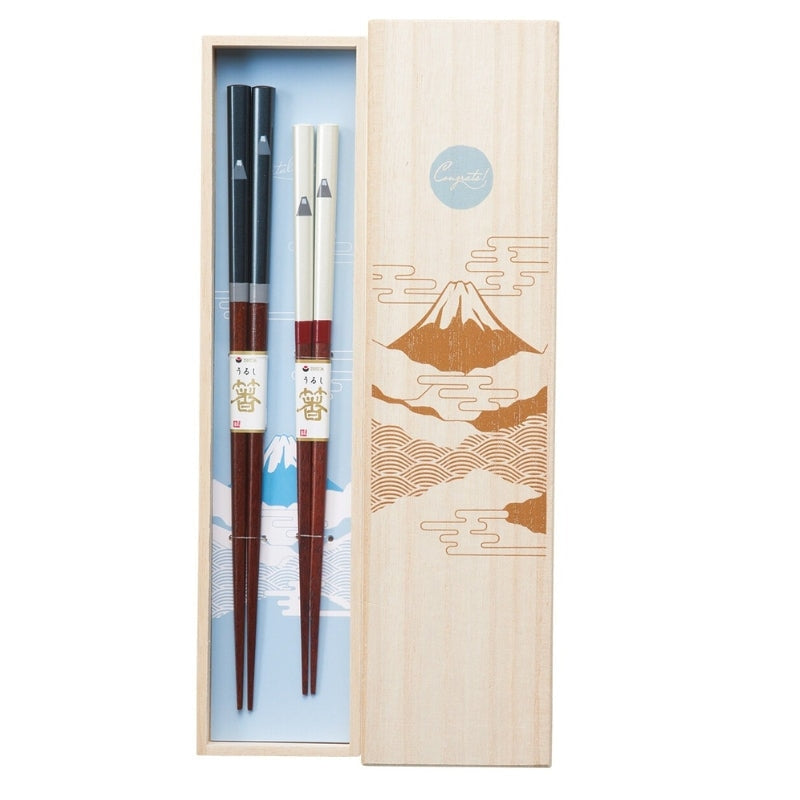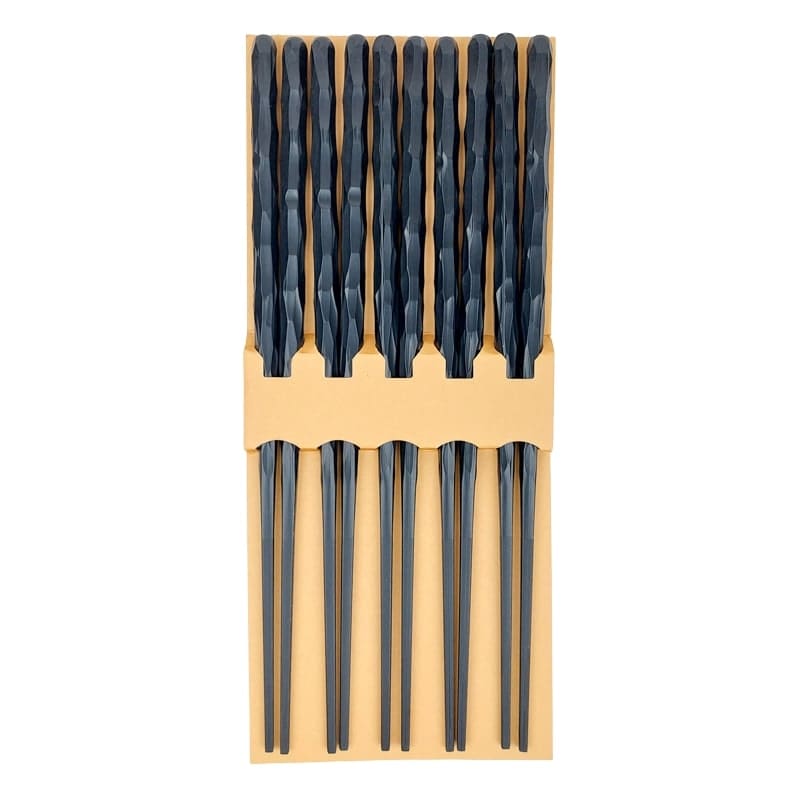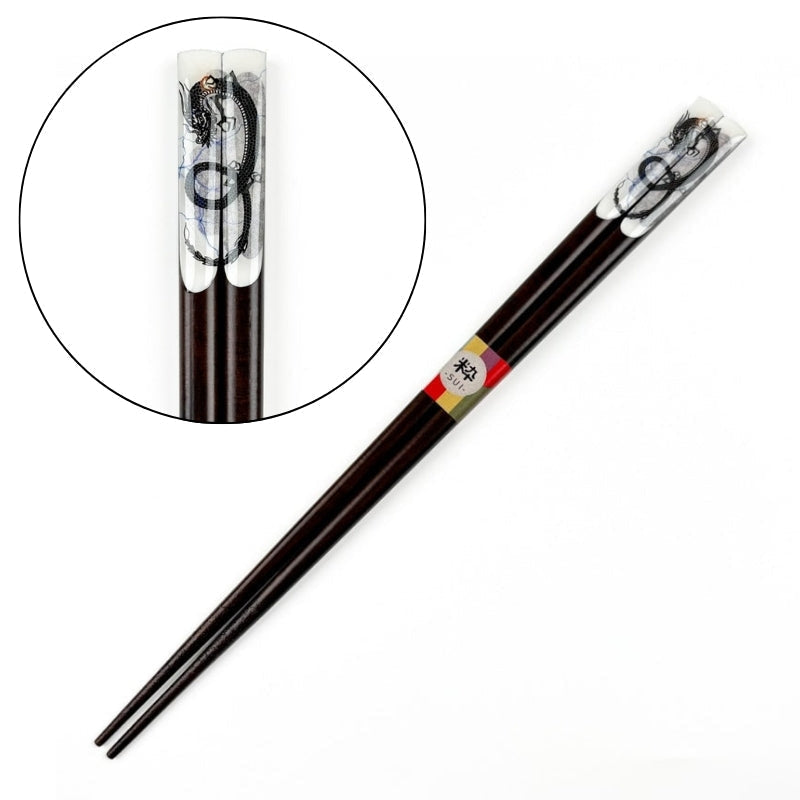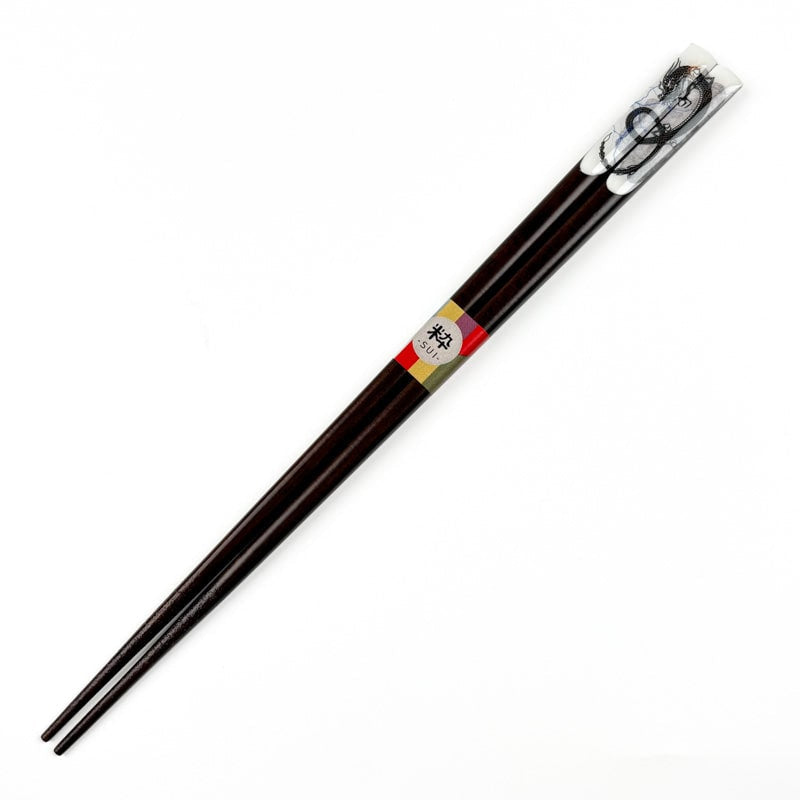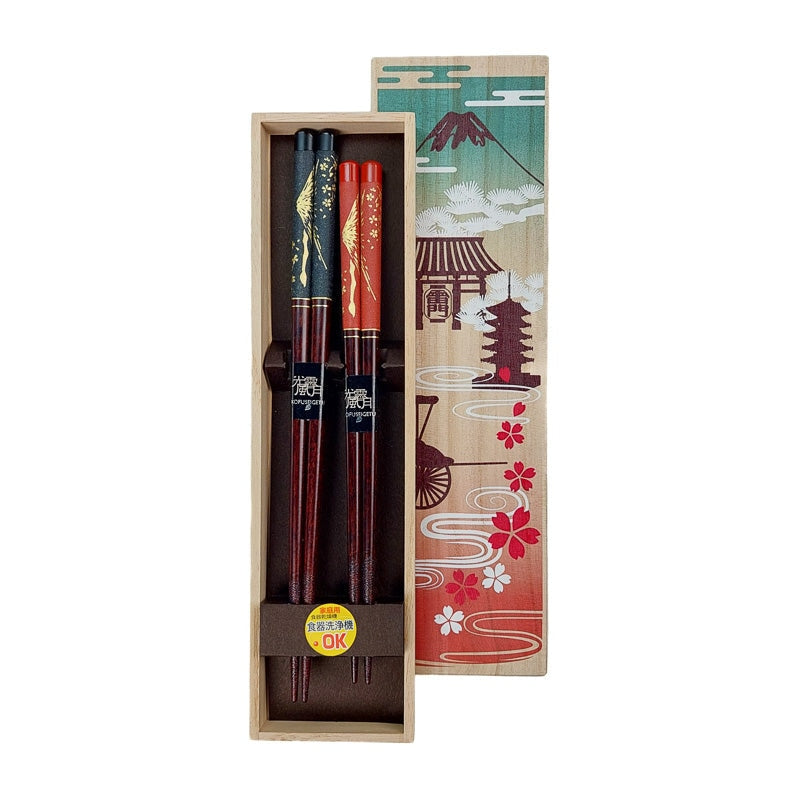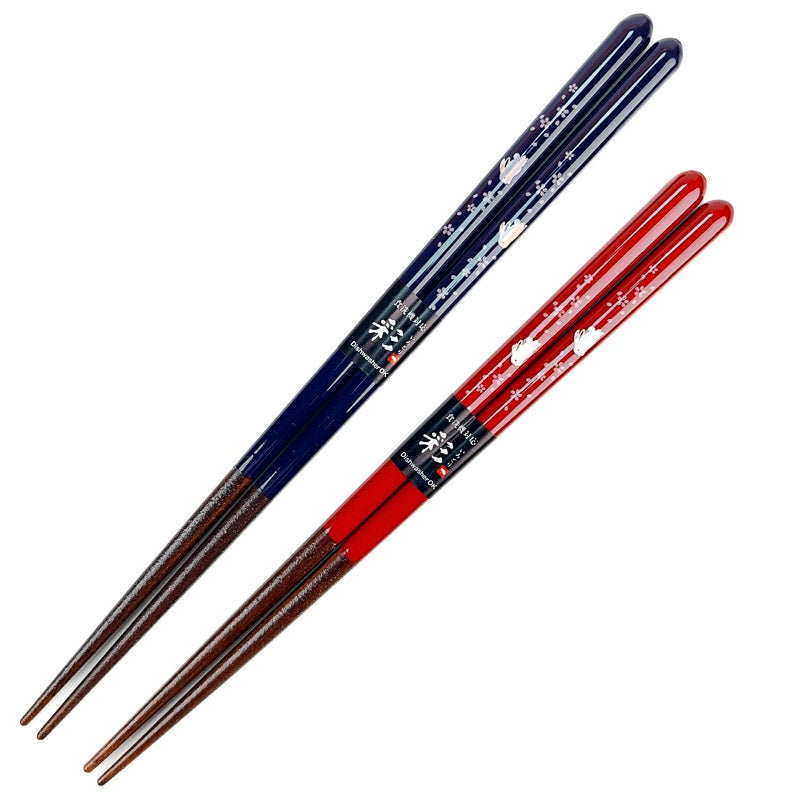Japan, the country of traditions, is known for its numerous rituals and its unequalled politeness. In the archipelago, the cuisine is particularly healthy and the traditional meal constitutes a true sacred moment.
So, how to eat in Japan in the right way? As a tourist, you should absolutely be aware of the local customs in order not to be considered as a rude foreigner.
Traditions, politeness formulas and rules of propriety... by reading this article, you will learn everything about good Japanese table manners.
What's a meal like in Japan?
 🍽 Setting a Japanese table
🍽 Setting a Japanese table
In the Land of the Rising Sun dinner is the most traditional meal. Japanese people eat together, usually sitting around a low table surrounded by zabuton or zaisu (floor cushions and chairs). Also, dinner rhymes with conviviality. Dishes are brought on a tray and placed in the center of the table to be shared among the guests.
Japanese tableware is sober and elegant and offers various sizes and shapes of dinnerware adapted to their use. It consists of bowls, plates and dishes made of different materials: ceramic, wood, lacquer, glass or porcelain. The rice bowl, the main element of the meal, is always placed on the left while the miso soup is on the right. As for the plates, they are round, rectangular or square depending on the dishes they contain. Note that the presentation of the food is as important as the taste. Indeed, Japanese cuisine is also appreciated with the eyes! When the meal is over, guests politely put the dishes back as they were presented.
🥘 Types of dishes
A Japanese tradition called Ichiju sansai "one soup, three dishes" says to always eat a bowl of rice, a miso soup and three side dishes (rich in fiber, proteins and minerals). Thus, we can find fish, meat, eggs, tofu as well as mushrooms, cabbage and other vegetables depending on the season. This way, the meals are perfectly diversified and balanced. Similarly, it is customary to find 5 flavors in Japanese dishes: salty, sweet, sour, bitter and the famous umami. Lastly, the colors of the food and the cooking methods are also varied.
Sharing dishes
In the archipelago there is no starter, main course or dessert as in the West. Everything is eaten simultaneously without ever being mixed. Generally, we start with the lightest dishes and finish with the most spicy ones in order to fully experience all the subtleties of the food. It is also customary to serve yourself directly into the dish with the opposite side of the chopstick in order not to share germs.
Japanese expressions and table manners

Finally, it's time to eat and your tummy is starting to rumble at the mouth-watering food... Before throwing yourself on the sushi or other Japanese specialties, don't forget to pronounce "Itadakimasu". This Japanese expression of politeness is a way of thanking for the food you receive. You can then join both hands if you wish as a sign of gratitude. Also, to toast we say "kanpai" and not "tchin-tchin" which refers to the genitals in Japanese. That would be inappropriate... 😅 While eating, you can show your contentment with the word "oishi" which means "delicious". Finally, when the meal is over, it is appropriate to say "Gochisosama deshita" as a thank you for what you were served.
🙏 Some tips on how to behave

In all cultures, there are well-established customs and codes, especially at mealtimes. In Japan, there are numerous rules to keep in mind in order to behave properly at the table. Naturally, cleanliness, respect for others and for the food are a must!
🖐️ Wipe your hands
Take the time to wipe your hands with a small napkin provided for this purpose before you start serving yourself. Then, fold it up. Also remember to wipe your mouth before drinking so as not to dirty the glass.
🥢 Use chopsticks
You're going to have to learn how to eat with chopsticks and that's not necessarily easy. Don't worry, we made you a tutorial on how to eat with chopsticks. Overall, make sure you never stick them in the food. You may still use them for cutting your food (with one hand), when the food is too big. Also, avoid pointing your chopsticks at someone if you don't want to offend them. As for Western dishes, they can be eaten with your usual cutlery: forks, knives, and spoons 😅.
🥢 To eat properly
To eat rice properly, take the bowl on your palm and hold it with your thumb then bring it close to your mouth. Use the chopsticks with the other hand. Be aware that white rice is best eaten plain, so avoid mixing it with soy sauce. Noodles and soup will be slurped loudly. In Japanese culture, this signifies appreciation of the dish. Sushi will always be eaten delicately in a single bite. You can use chopsticks or sometimes eat by hand. Finally, don't overdo the sauces and condiments.
🧑🍳 Do not offend the chef
Dishes served are always eaten "while hot" in order to respect the cook's work. In the same mindset, you must imperatively finish your plate so as not to offend the chef.
❌ Avoid inappropriate gestures and words
During the meal, make sure to remember not to blow your nose because that's very rude 🤦. In the same way do not burp at the table, which seems obvious... The unpleasant topics are to be banned in order not to spoil the appetite of the guests. Also, it is advisable not to place the elbows on the table, but to place your hands on the knees or on both sides of the plate.
🍻 Wait before drinking
Never serve alcohol by yourself. Be patient and wait to be politely offered a drink. Hold up your empty glass and don't forget to serve the guests in turn. Finally, make sure everyone is served and has toasted before you start drinking.

With these few rules of politeness, you now know how to eat in Japan and how to behave at the table. All that's left is to enjoy the delicious Japanese gastronomy!

